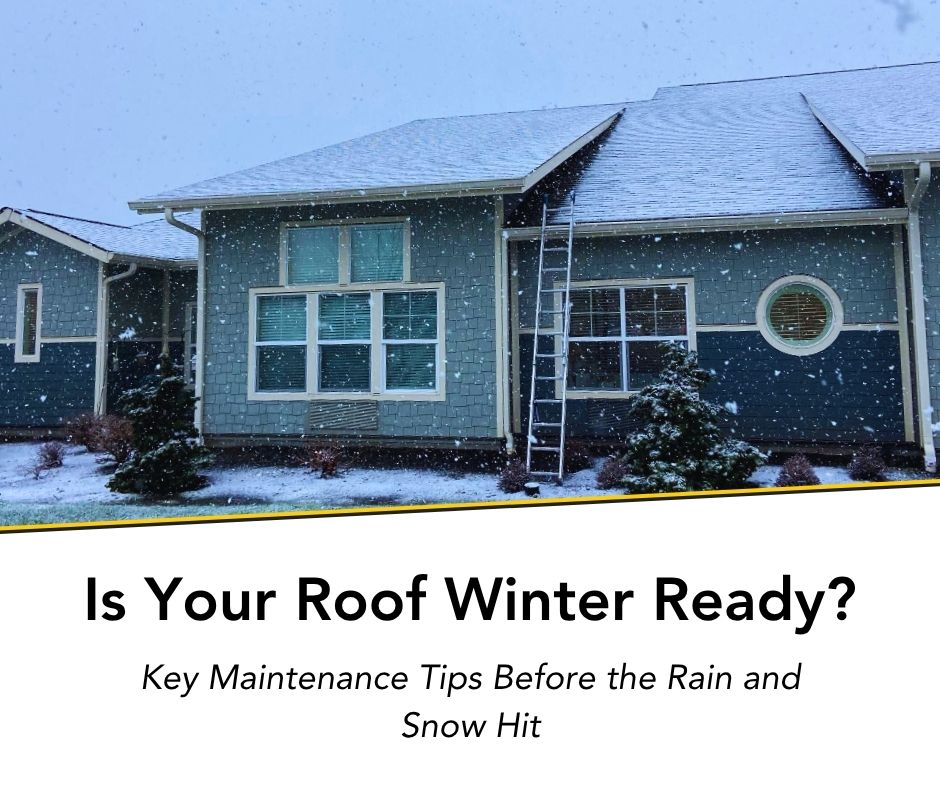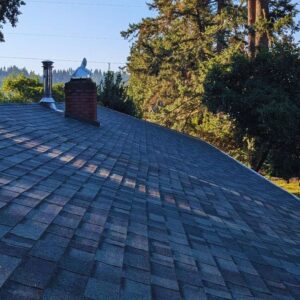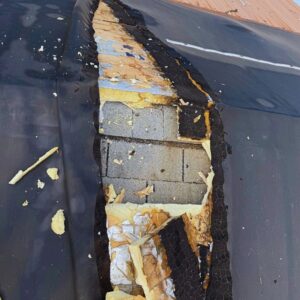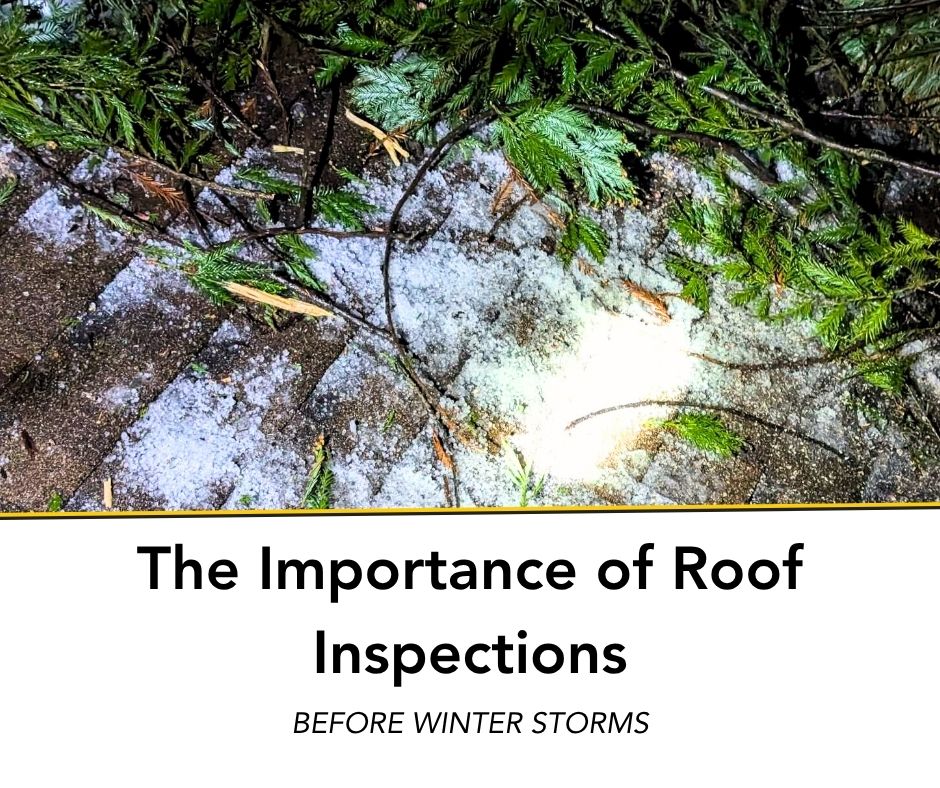

When it comes to taking care of your home, few things are as misunderstood as roofing. Between online DIY advice, old construction tales, and the classic neighborly “tips,” it’s easy for myths to spread quickly – and unfortunately can cause a lot of problems for your home.
Today, we’re setting the record straight by debunking some of the most common roofing myths homeowners have heard so you can better know your home and protect what you love.

New roofs should prevent damage and protect your home. However, even the best roof needs regular maintenance.
In Oregon’s climate—where rain, wind, and seasonal debris are part of the deal—routine inspections and gutter cleaning are essential to maintaining the integrity and lifespan of your roof. Small issues like loose flashings or clogged valleys can turn into leaks if ignored, even on newer roofs.
While layering shingles might sound like a budget-friendly shortcut, it often creates more problems than it solves. Extra layers add weight and can hide damage beneath the surface. It can also impact how your home ventilates and regulates heat, impacting your energy costs through the year (sometimes drastically). A proper tear-off allows your roofer to inspect the decking and install a longer-lasting, better-performing system.

Leaks can come from more than just missing shingles. Things like faulty flashings, cracked vents, or even improperly sealed skylights can let water in. If you notice stains on your ceiling or musty smells after a storm, it’s best to call a professional for a thorough inspection. If your skylight or sun tunnel starts leaking, call a roofing professional right away before the damage can spread.
Not true! From asphalt shingles to metal, tile, and composite roofing, each material performs differently depending on your home’s design, budget, and local weather. In the Pacific Northwest, materials that handle heavy rain and resist algae growth are often the best investment. Even the same material from different suppliers can impact their effectiveness depending on individual specs, warranties, and costs involved. Be sure to chat with a roofing professional about which option will best meet your needs and your budget.

Oregon’s rainy season doesn’t offer much grace for waiting on getting roof repairs done. Even a small delay can allow water to seep into insulation or framing, leading to costly water damage down the road – or worse, mold (you don’t want to deal with the health issues that accompany that). If you suspect an issue, it’s better to fix it now than face a bigger repair (and bigger bill) later.
Your roof is your home’s first line of defense against the elements. By separating fact from fiction, you can make smarter choices for your home or business, extend your roof’s lifespan, and cover what matters most—your home and family.



